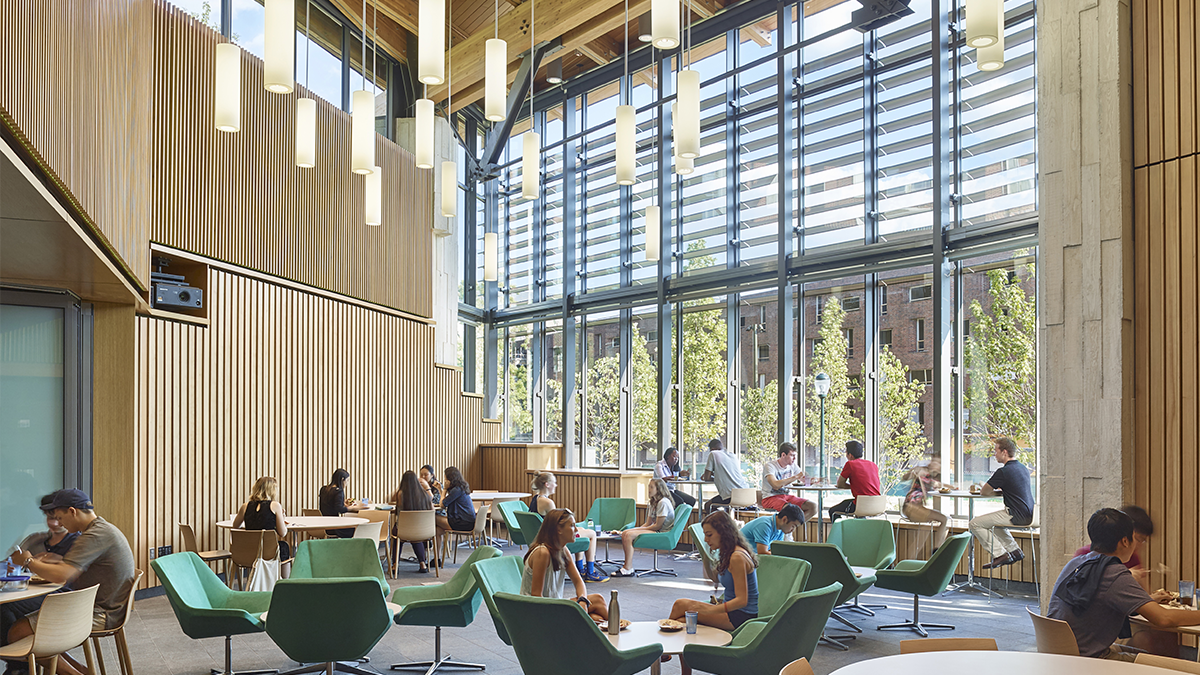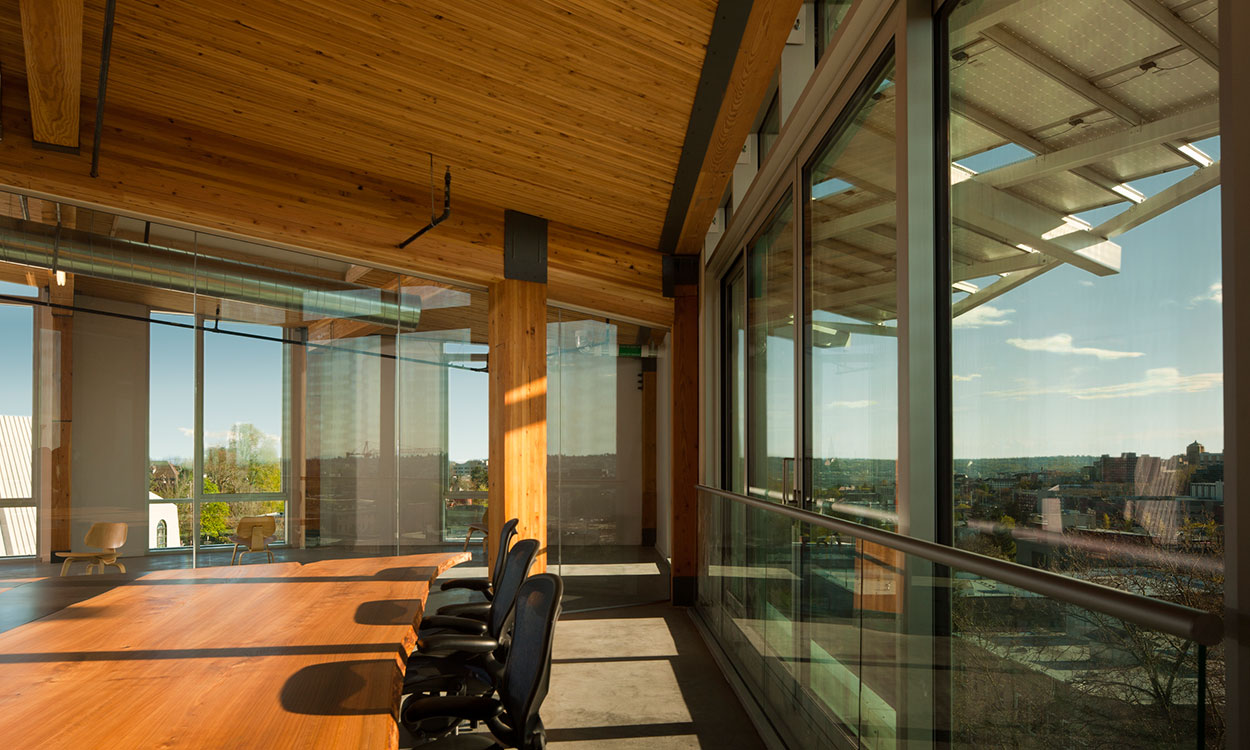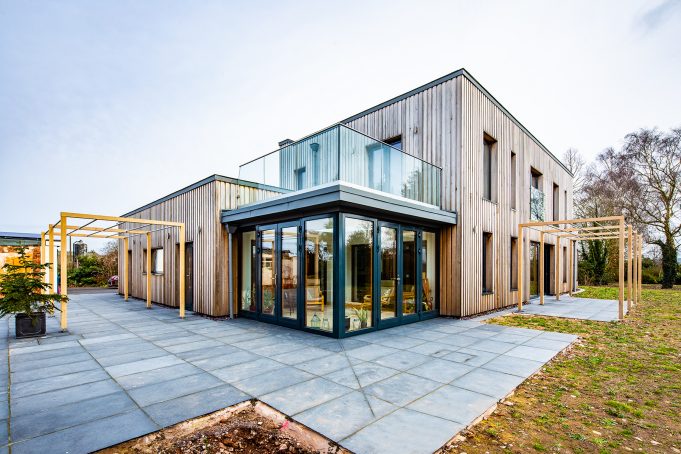The growing trend towards sustainable living has significantly increased the importance of obtaining a LEED certification. With growing awareness among homeowners and real estate developers, meeting the standards of Leadership in Energy and Environmental Design (LEED) has become crucial for those aiming to reduce their ecological footprint. To help you succeed in achieving this ambitious certification, we explore some essential design tips that will ensure your project not only meets but exceeds environmentally conscious building practices.

Understanding the Basics of LEED Certification
Before delving into the design tips, it is important to have a clear understanding of what LEED certification encompasses. Established by the U.S. Green Building Council, LEED provides a framework for highly efficient and cost-saving green buildings. This certification is recognized globally and includes various categories such as energy, water efficiency, and indoor environmental quality.
Key Design Tips for Achieving LEED Certification
1. Site Selection and Planning
Choosing the right location is crucial. Opt for sites that have access to public transportation, are near essential services, and can be reused or redeveloped. Proper planning can result in reduced environmental impacts and enhanced sustainability as discussed in sustainable building planning tips.
2. Integrating Renewable Energy Sources
Carefully consider incorporating renewable energy technologies such as solar panels or wind turbines. These not only offer an excellent return on investment but also assist in reducing the overall carbon footprint of the building as reflected in green buildings in the US.
3. Efficient Water Management
Implement water-saving fixtures and systems to reduce consumption and waste. This includes low-flow toilets and showerheads, as well as rainwater harvesting techniques.
4. Sustainable Materials
Opt for using local and recycled materials. These reduce transportation impacts and often come with lower associated emissions as described in eco-friendly construction trends.
5. Indoor Environmental Quality
Ensure that the indoor atmosphere is healthy and comfortable by ensuring proper ventilation, using non-toxic materials, and allowing for ample natural light. Working on these aspects can significantly improve the occupants’ quality of life.
Benefits of Achieving LEED Certification
Achieving LEED Certification not only bolsters the environmental footprint but also offers numerous economic benefits such as reducing operating costs and increasing building value. Furthermore, it leads to a healthier work or living environment that boosts productivity and occupants’ well-being.

Frequently Asked Questions (FAQ)
1. Why should I pursue LEED certification?
Pursuing LEED certification helps reduce your building’s impact on the environment, lowers utility expenses, and increases the property’s value. It also signifies a commitment to sustainable practices which can boost reputation and attract quality tenants or buyers.
2. What are some benefits of a LEED-certified building?
LEED-certified buildings generally consume less energy, produce fewer greenhouse gases, and provide a healthier environment. They often result in lower utility bills and maintenance costs while having a higher market value.
3. How can I start with the LEED certification process?
Begin by determining your goals and collaborating with professionals who understand LEED design requirements. Stay informed by visiting resources like green building for further insights and guidance.
Achieving LEED Certification may seem daunting at first, but integrating the right design tips and practices can lead to successful certification and highly sustainable construction. Through mindful planning, resourceful design adjustments, and commitment to environmental stewardship, homebuilders and real estate developers can create spaces that are not only cost-effective but also eco-friendly. By adopting these strategies, you are committing to a responsible future where your impact on the Earth is minimized, and its benefits maximized.
This article contains affiliate links. We may earn a commission at no extra cost to you.



